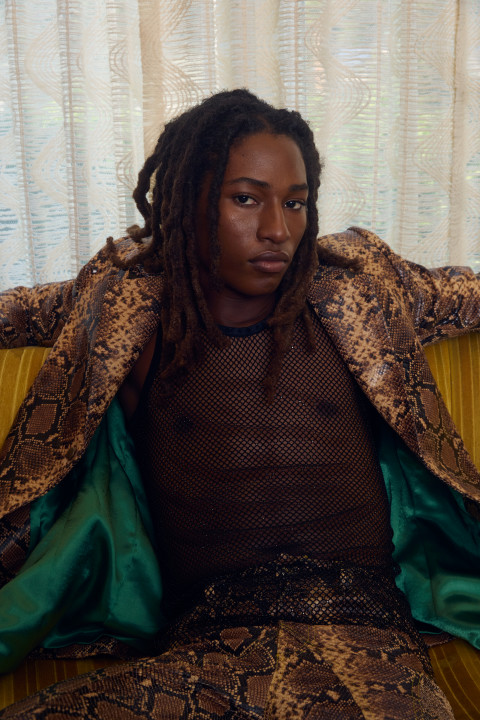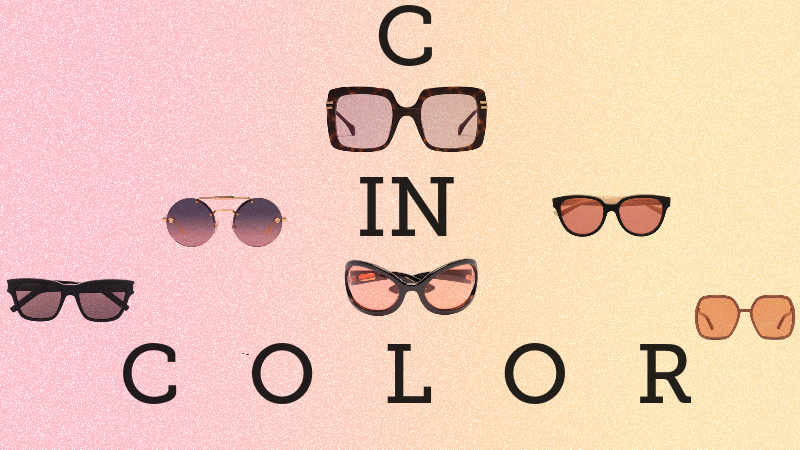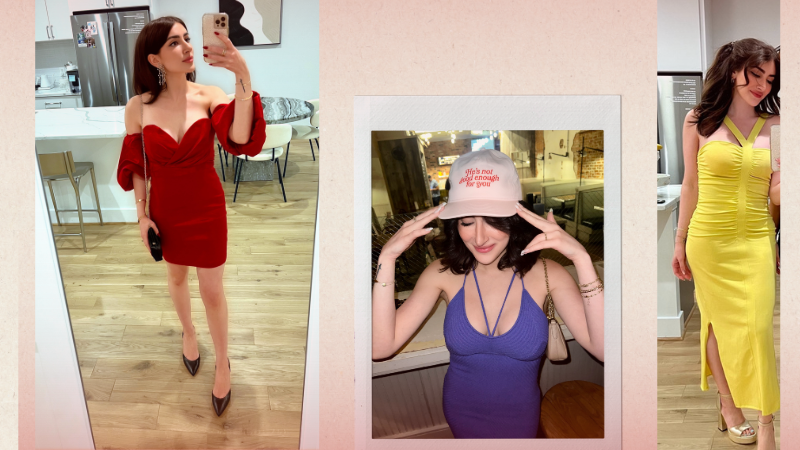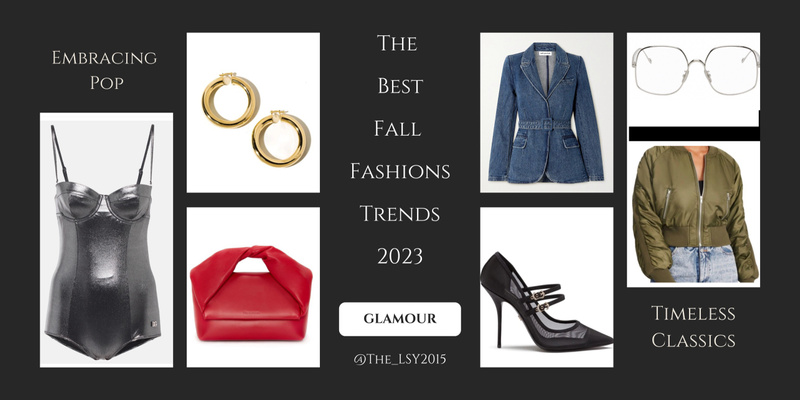Jamaica to di World: How Jamaican Designers Are Taking Over
From established names like Martine Rose and Grace Wales Bonner to exciting newcomers like Stanley Raffington, Theophilio, and Diotima, SSENSE explores the enduring—and evolving—influence of Jamaican style.

In Jamaica there’s a popular Patois saying: It means all things are possible if you work for them, utilizing your hands and the materials you have. For the island of almost 3 million people—with a global diaspora estimated at 2 million—fashion is one of its most powerful means of expression and experimentation. Today, a collection of established and emerging Jamaican designers are permeating the global fashion industry, expressing the nuances and complex identity of Jamaican people and culture through clothing. From decorated labels like Martine Rose and Wales Bonner to newcomers Diotima, Theophilio, Stanley Raffington, and Jawara Alleyne, this vanguard of talent comes from a long history, etched in the land well before Bob Marley became a global sensation or John Galliano designed his infamous and highly resold Dior Rasta collection. These brands represent a humble yet global Jamaican fashion renaissance. Steeped in storytelling, they are recontextualizing the rich culture of Jamaica with a sensitivity and unanimity that makes you focus on the art, rather than the subject.

“My grandmother’s house was the central house where our family came and lived at some point; It was a big hub, a meeting place. A very Jamaican household. There, fashion was irrelevant, but style was everything,” says Martine Rose, British-Jamaican menswear veteran and now guest creative director of Clarks. When discussing her fondest Jamaican memory, Rose attributes growing up in London and experiencing her Jamaican roots through celebration and camaraderie with family. That notion is vividly present throughout her collections; she creates dialogue by juxtaposing subcultures, mixing the irreverence and quirk inherent in British style (evident in her most recent satirical Nike campaign) with smart nods and cultural references to Jamaica via football jerseys and a link-up with the late dub legend Lee “Scratch” Perry, for example. Perhaps the best illustration of Rose’s approach came this season via a preview of her SS24 designs for Clarks. Instead of choosing quintessentially Jamaican Clarks silhouettes like the Desert Boot or Wallabee, she went with oxford brogues and heeled loafers in a pale pink, green, and brown snakeskin pattern. This constant state of remix allows Martine to create new influences for the nation’s style.
Wales Bonner—founded in 2014 by Central Saint Martins graduate Grace Wales Bonner—is an expert at the remix too, fusing a medley of Kingston’s rude boy style with impeccable tailoring and rich pigment motifs. Bands and musicians like Steel Pulse, Peter Tosh, and Marley utilized this style to globalize fashion as a statement in the ’70s. Today, through her ongoing collaboration with adidas, Wales Bonner is reviving the tracksuit and the Samba, arguably the most hyped sneaker collaboration season after season since its first release in 2020. For FW23, Bonner introduced her standout redesign of the “Reggae Boyz” Jamaican national football team jersey. Through her visual storytelling, Wales Bonner’s campaigns invoke a refreshed, and intentional, intimacy. Less a proposition, and more an invitation to experience her vision of what fashion through a British-Jamaican lens can be. “We were trying to find a way to say something else; that was the motivation,” says Jeano Edwards, photographer and a director of “Thinkin Home”, a film for Wales Bonner. “I was trying to understand how to find an aesthetic and visual language for showcasing a different side of Jamaica.”The renaissance continues with emerging designers like Edvin Thompson of Theophilio and 2023 LVMH prize finalist Rachel Scott of Diotima in New York, and newcomer Stanley Raffington in London. They are leaning less on the pressure of identity and more on evolution, their stories making way for new narratives. “I’m so happy for all of the designers because they are all focused and committed to expressing different aspects of our culture while also reclaiming and paving a new identity that the mainstream audience is not familiar with,” says Jamaican-born fashion editor Tamu Mcpherson.


With a large tourist footprint and many well-known stereotypes, Jamaica’s culture is often condensed into a handful of signifiers that are disseminated for the masses via dancehall TikTok dances, popular patois phrases, Rasta hats, and weed memorabilia. Colors like green, red, and yellow are symbolic to liberation, freedom, spirituality, and Rastafarian culture linked to Africa and former Ethiopian Emperor Haile Selassie. In mainstream design, they are used largely empty of their deep cultural significance, and sold from brands not connected to the message. “There’s definitely a lot of companies and brands that are just slapping [Jamaican colors] on for sales because it looks cool. For me, it’s much more symbolic,” says Raffington, a recent Central Saint Martins graduate. “It’s about showing pride in your roots in Jamaica or in Africa. There’s something a bit more important from the colors. And that’s one of the reasons I’m proud to use them [in my designs].”Inspired by his grandfather’s style in London in the ’90s, Raffington’s techniques like 3D-printed wood earrings and bags, laser-cut and paneled leather bombers, and inventive, asymmetrical knitwear provide an energizing and futuristic twist to this nostalgia. “When my grandpa realized that I was into fashion, he spoke to me about the type of fabrics that he’s into,” Raffington continues. “Growing up in London and feeling kind of disconnected from Jamaica creates more of a hunger to find yourself; to explore your roots and where you came from. I’m using fashion as my expression, a way to tell my stories and dive into myself through my work.”With dancehall, Rastafari, and a bubbling business hub in Kingston, Jamaica’s new age revival is being driven by social connection in a way that was much less accessible in the past. “A lot of people fall in love with Jamaica because there’s so much culture, the people give so much and you just feel really embraced in Jamaica. It’s the same with a lot of us going back to our heritage,” says stylist Marika-Ella Ames, who explores her lineage through styling and storytelling with the likes of Diotima, Jawara Alleyne, Jorja Smith, and magazine. “I always start with the surface,” she says, about styling in Jamaica, “then every time it’s a little bit deeper, there’s always a deeper message that I’m trying to push or make visible.”

For many Jamaican creatives, Jamaica is a memory they are seeking to recover. They are children and grandchildren of the Caribbean diaspora, people that immigrated looking for better lives in America or the UK during movements like Windrush in the mid 1900s. For others, like Scott of Diotima, who was born and raised in Jamaica, that memory is now. Scott works with local artisans and weavers in Jamaica to create one-of-a-kind crochet pieces, and hopes of one day opening an atelier in Jamaica to educate more people on the craftsmanship of luxury fashion. For FW23, crystal mesh-adorned skirts, cropped cardigans, and long dresses supply effortless, party-ready looks. “I’m inspired by every single party that I went to growing up in Kingston,” says Scott. “From the men, the way they would put a suit with a mesh merino, or the belt buckle undone. I mean even women; the Jamaican idea of sexy is so strong and powerful, not demure.”For Thompson, of CFDA award-winning brand Theophilio, Jamaica has always been his fondest place to draw inspiration and celebration. Living there until his late teens afforded him a strong connection to the land. His sexy collections merge ’90s dancehall-inspired pieces with beading, crushed velvet, and rhinestone embellishments. “My fondest memories of Jamaica would have to be my childhood. I felt so free,” says Thompson. “Waterfalls and beaches were like my backyard. I think my expression for creativity was always expansive because of that. I’m really, really proud of where I’m from because I feel rich in many ways: rich in family, friends, and community.”From higglers (street vendors, mostly women selling international goods), artisans, and yardmen on the roadside with their bright merino tops and shorts selling art, fruit, and unique crafts, to the fashion designers in the diaspora, Jamaican entrepreneurs have always used their hustler mentality and vigor for an exchange of not just money, but knowledge and culture, too. Right now, Jamaican designers abroad and locally are vanguarding what their freedom and creative IP might look like. They are starting to expand the scope of what makes a Jamaican designer, and what facets of their culture are worth celebrating despite the ongoing challenges that these creatives and entrepreneurs still face. “I think the sad thing to acknowledge and recognize is that as long as I can remember, Jamaican culture has always been exploited,” says designer and Jamaica resident Moya Annece of ASHYA. “You know, we don’t own our IP. I think that there is a lot of work that needs to be done in that regard. But one thing I hope for is that while we celebrate this island, we also give back in a thoughtful, significant, and uplifting way.”For upcoming brands still based in Jamaica, the importation of textiles and exportation of local fashion can be a complicated process. The luxury point of view flourishing globally isn’t often replenished into the creative ecosystem in Jamaica. Brands that celebrate the legacy of the country aren’t often on display or for sale at stores and markets, and the closest locals get to designer goods are overpriced wholesale pieces from higglers that go abroad to shop in bulk. With very few resources trickling down, the ability of local artisans and designers to reach new communities is stifled. While the global tenacity of established brands like Martine Rose and Wales Bonner, modeling agencies like Saint, and creatives like celebrity editorial hairstylist and son of Reggae artist Sister Carol, Jawara Wauchope, are creating a fashion point of view that Jamaicans can celebrate, there is still a calling for more. The dream of a local creative community that can flourish with its global counterparts persists, collectively reimagining what Jamaican fashion could create.Along with her peers, Rose has the large task of envisioning what a namesake brand can hold, and the value culture plays in her direction at Clarks and beyond. “I would like to celebrate Jamaican culture and tell more stories about the influence that this tiny island and society has in every single aspect of culture. Not just clothes, but music and literature and, you know, absolutely everything.” Rose says when asked what she would like to see of Jamaica. “So it’s more, ‘How much would Jamaicans like to see of me?’”

Vogue, TZR, 10 Magazine CULTURED,
 Seeing Style Through Rose-Colored Glasses (And Mint and Amber and...) It’s that time of year when Autumn air is so dense and crisp it almost has a golden hue—wait, maybe that’s our sunglasses. Yes, we’re all seeing the world through rose-colored glasses—and amber, and mint, and…the possibilities are endless!
Seeing Style Through Rose-Colored Glasses (And Mint and Amber and...) It’s that time of year when Autumn air is so dense and crisp it almost has a golden hue—wait, maybe that’s our sunglasses. Yes, we’re all seeing the world through rose-colored glasses—and amber, and mint, and…the possibilities are endless! 

